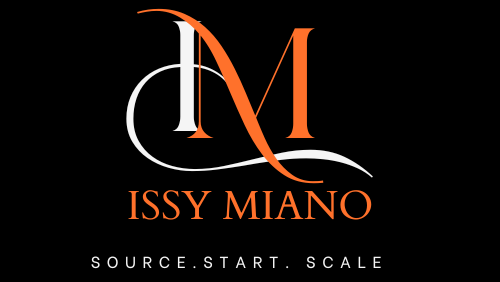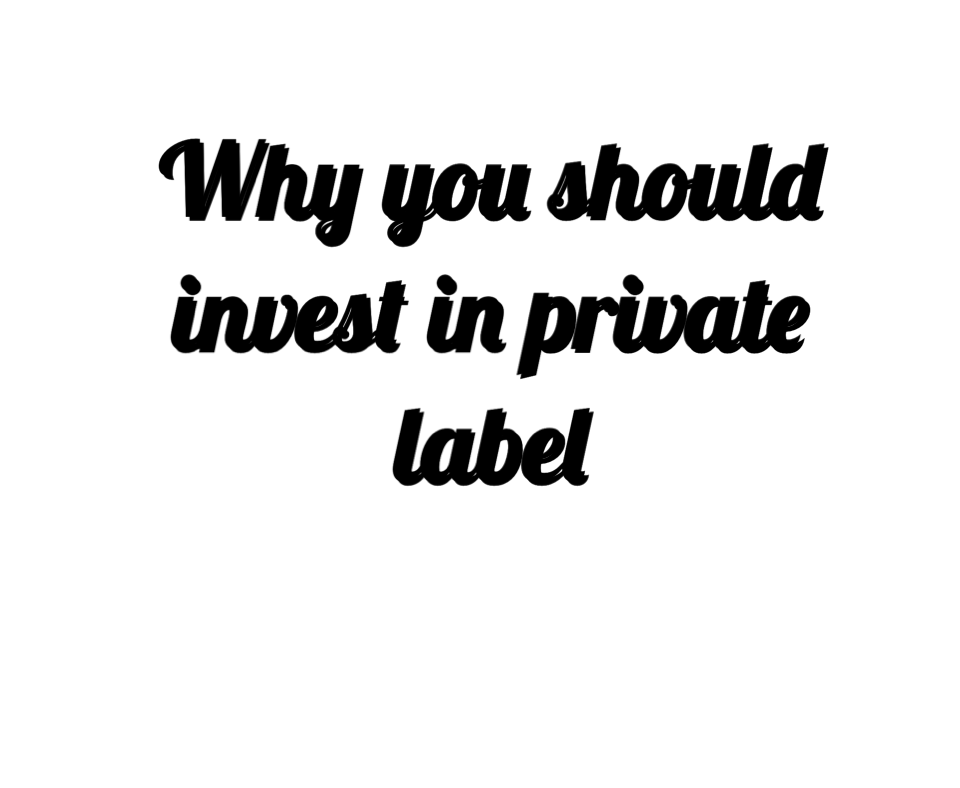How to Price Your Clothing Products for Profit (Without Scaring Customers)

Pricing your clothing right is one of the most important — and most stressful — parts of running a boutique or fashion brand. Price too low, and you eat into your profit. Price too high, and you risk turning away potential buyers.
This guide will walk you through exactly how to price your clothing for profit — using simple math and smart psychology — whether you’re a first-time seller or a seasoned reseller.
🧮 Step 1: Know Your Costs
Before you can price anything, you need to know how much it costs you. This includes:
Product cost (from your supplier)
Shipping to you (if not included)
Packaging costs
Transaction fees (Shopify, PayPal, Mpesa, etc.)
Marketing or platform fees (Facebook ads, Etsy fees, etc.)
Example:
T-shirt cost: $6
Packaging: $0.50
Transaction + platform fees: $1.50
Ad cost per sale: $2 Total Cost: $10
Don’t forget VAT or sales tax: If you’re in a country that requires you to charge VAT or sales tax (e.g., 16% in Kenya, 20% in the UK), include that in your pricing or factor it into your margin. For example, if your item sells for $30 and VAT is 16%, your take-home revenue before other costs is $25.86.
Tip: You can either:
Build VAT into your listed price (more customer-friendly)
Add it at checkout (more transparent, but may reduce conversion)
💰 Step 2: Apply a Profitable Markup
Most clothing businesses use a markup of 2.5x to 3x the total cost.
Formula:
Using our example:
$10 x 2.5 = $25
$10 x 3 = $30
That means your T-shirt should be priced between $25–$30.
This gives you:
Room for discounts
Enough margin for scaling
Protection against rising supplier costs
🧠 Step 3: Use Psychological Pricing
The way you present your price matters just as much as the number itself. Here’s a detailed article on this topic
Pro tips:
Use .99 or .95 endings (e.g., $29.99 instead of $30)
Avoid round numbers like $40 — they feel premium and trigger more resistance
Use value-based language like “Just $24.95 for premium cotton”
Perceived value = higher willingness to pay.
👗 Step 4: Match Price to Brand Perception
Are you selling:
Fast fashion? → Keep prices accessible and use urgency
Premium basics? → Use slightly higher pricing and clean branding
Sustainable or handmade items? → Use premium pricing and emphasize story/quality
Your price should match your brand image.
💸 Special Note: Pricing High-Cost Items ($150+)
When your cost per item is high — like $150 or more — using a 2.5x–3x markup may not make sense.
Try this tiered strategy instead:
| Product Cost | Suggested Markup | Example Retail Price |
|---|---|---|
| $0–$50 | 2.5x–3x | $20 → $50–$60 |
| $51–$150 | 2x–2.5x | $100 → $200–$250 |
| $151+ | 1.5x–2x | $150 → $225–$300 |
Or, use value-based pricing based on branding, uniqueness, and quality. Consider:
Using pricing thresholds like $199 or $249 instead of odd numbers like $327
Justifying premium pricing with storytelling and customer experience
Upselling accessories or offering bundles instead of overpricing a single item
Remember: The higher the cost, the more the price needs to be justified.
🛍️ Step 5: Test and Adjust
Don’t be afraid to tweak your pricing.
Start at 2.5x and increase if customers are buying quickly
Offer bundles or discounts if stock is moving slowly
Use pricing feedback from repeat buyers to fine-tune
💡 Bonus Tip: Create a Perceived Deal
Instead of lowering your price, offer value:
“Buy 2, Get 1 Free”
“Free shipping over $50”
“Bundle & Save: 3 items for $75”
This keeps your margins intact while making the customer feel they’re winning.
📊 Summary Formula
Base Price = (Product Cost + Packaging + Fees + Marketing) x 2.5 to 3
Use this range to experiment, keeping in mind your niche, audience, and brand image.
🚀 Final Thoughts
Whether you’re selling thrift flips, wholesale finds, or your own designs — getting your pricing right can make or break your brand. Start with logic, refine with psychology, and adjust based on customer behavior.
And remember: Don’t compete on being the cheapest. Compete on being the most valuable.
🧾 Want a free pricing calculator? Find it here and take the guesswork out of pricing.


